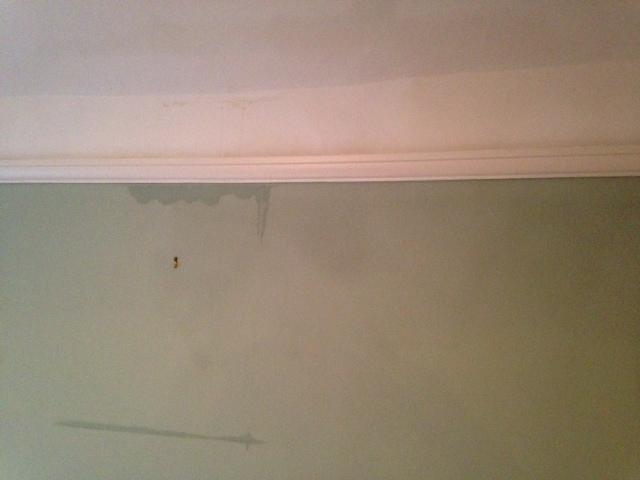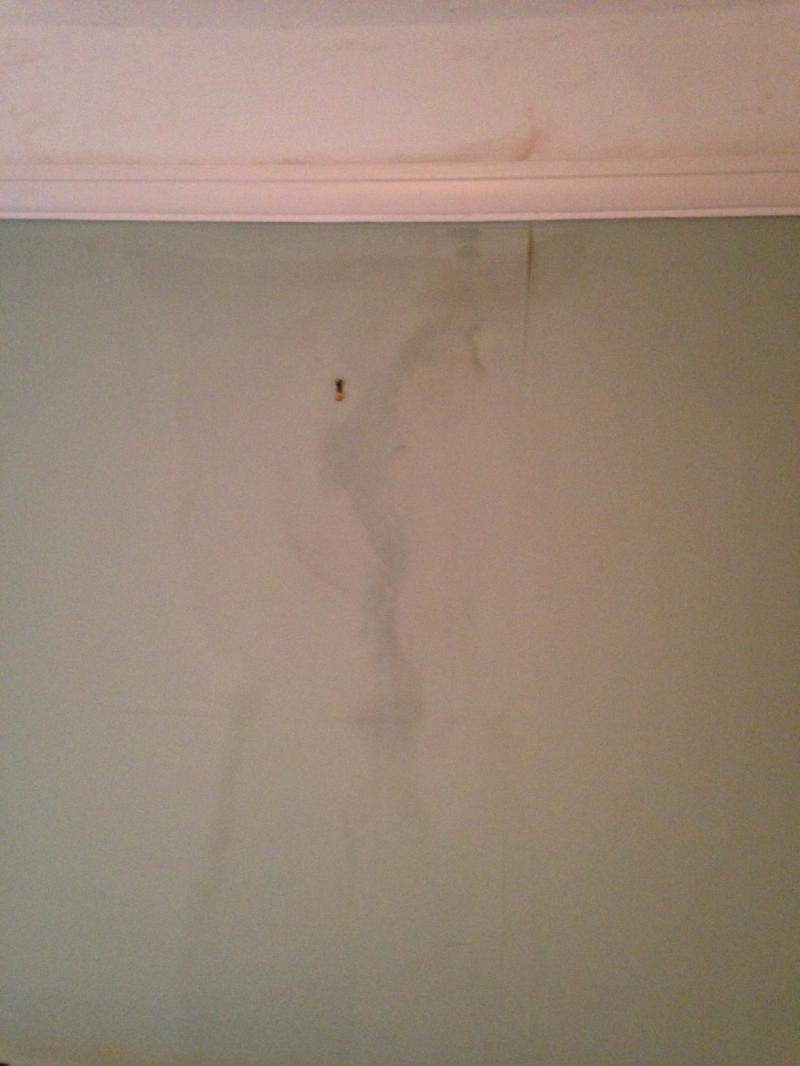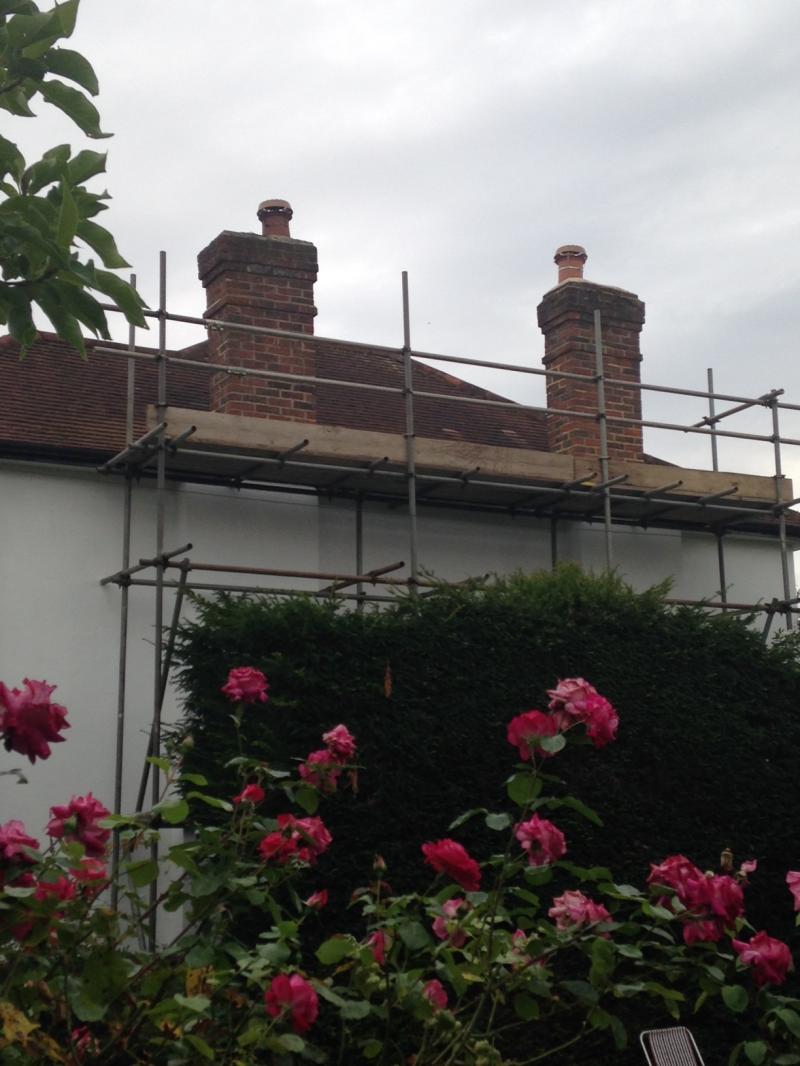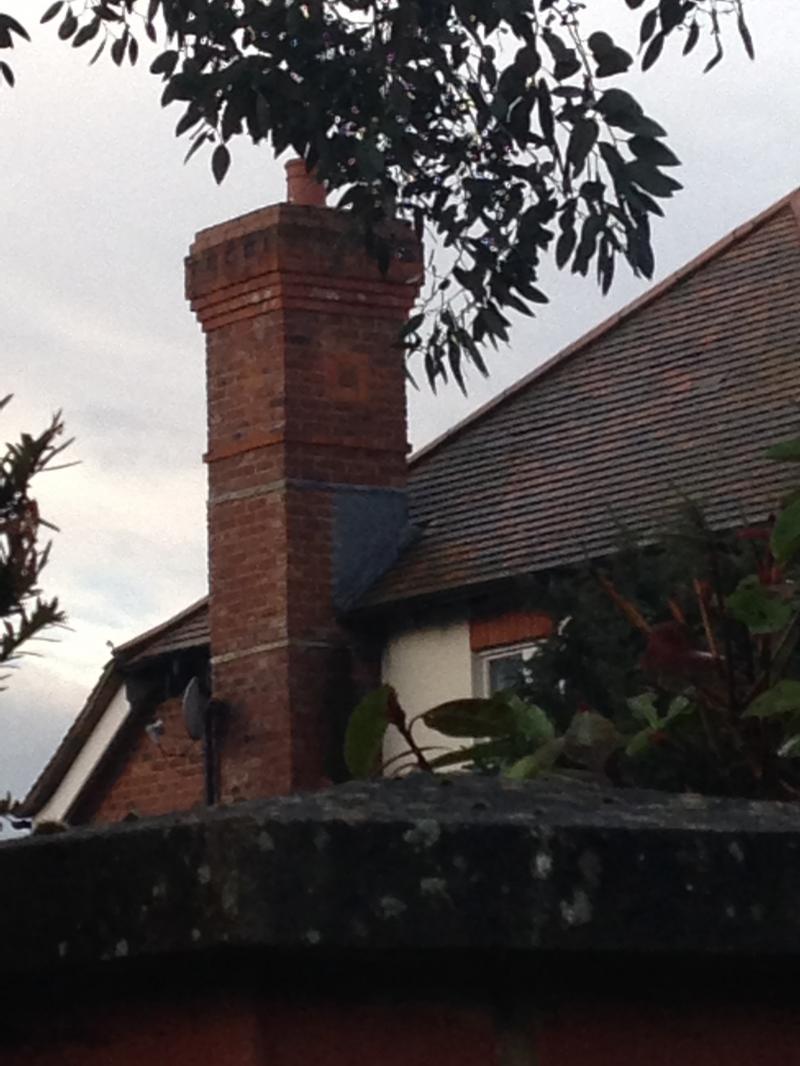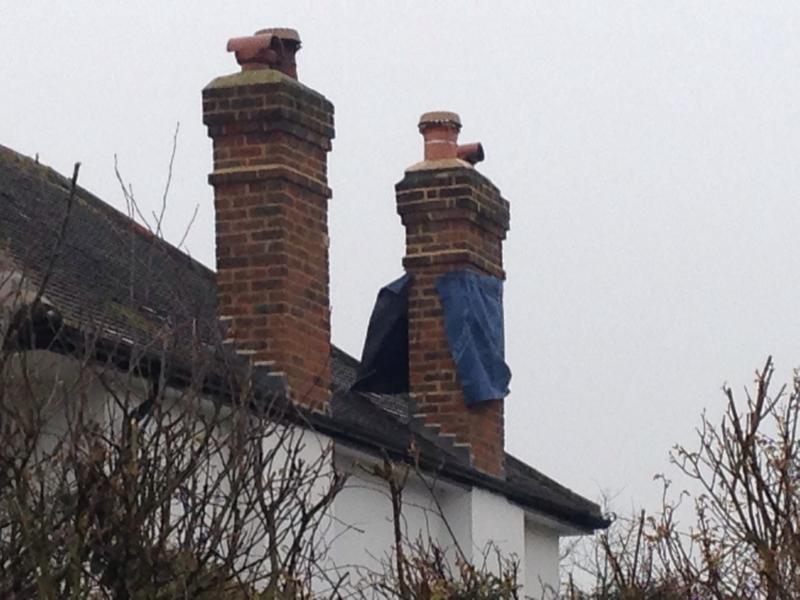Hi all,
For 3 years I've been battling a damp issue in the chimney breast area of an upstairs bedroom.
If I could turn the clocks back I'd have knocked the stacks down and built new ones as so far I've probably spent around £3k and still not having success.
It's an external stack that is quite exposed with little protection from the elements.
To date, I've:
Installed new lead flashing
Repointed
Washed stacks with liquid waterproof sealant
Replaced cracked bricks
Leak continued.. But point to note is that the leak only happens with driving rain hittiing the roof side face of the stack. If the rain falls vertically I rarely see issues in the room upstairs.
Over the winter I've had the stack covered in a plastic sheet and not has a single issue. Following this trial suggestion is that the issue is saturation leakage. When the rain hits the internal face of the stack, bricks are absorbing the water which then migrates down the stacks, and as the plaster in the upstairs room is old lime, it acts as a sponge and brings the water in to the room.
Trades are all giving me different advice at this point and I'm not sure what to do....
Options.
1) clad the rear / half the sides of the stack in sheet lead to protect the bricks from the rain
2) blow torch felt to the rear face of the stack
3) entirely render the stacks
4) don't do anything to the stacks as the bricks need to breath... Intead replaster the room. Either baton the existing wall and re board / plaster. Or remove old plaster and paint bricks in tar to give waterproof layer and replaster.
My issue with 4 is that the water is stil coming in... I just can't see it.
Any advice from any experts on this who may have seen it before is highly appreciated.
[/i]
For 3 years I've been battling a damp issue in the chimney breast area of an upstairs bedroom.
If I could turn the clocks back I'd have knocked the stacks down and built new ones as so far I've probably spent around £3k and still not having success.
It's an external stack that is quite exposed with little protection from the elements.
To date, I've:
Installed new lead flashing
Repointed
Washed stacks with liquid waterproof sealant
Replaced cracked bricks
Leak continued.. But point to note is that the leak only happens with driving rain hittiing the roof side face of the stack. If the rain falls vertically I rarely see issues in the room upstairs.
Over the winter I've had the stack covered in a plastic sheet and not has a single issue. Following this trial suggestion is that the issue is saturation leakage. When the rain hits the internal face of the stack, bricks are absorbing the water which then migrates down the stacks, and as the plaster in the upstairs room is old lime, it acts as a sponge and brings the water in to the room.
Trades are all giving me different advice at this point and I'm not sure what to do....
Options.
1) clad the rear / half the sides of the stack in sheet lead to protect the bricks from the rain
2) blow torch felt to the rear face of the stack
3) entirely render the stacks
4) don't do anything to the stacks as the bricks need to breath... Intead replaster the room. Either baton the existing wall and re board / plaster. Or remove old plaster and paint bricks in tar to give waterproof layer and replaster.
My issue with 4 is that the water is stil coming in... I just can't see it.
Any advice from any experts on this who may have seen it before is highly appreciated.
[/i]


